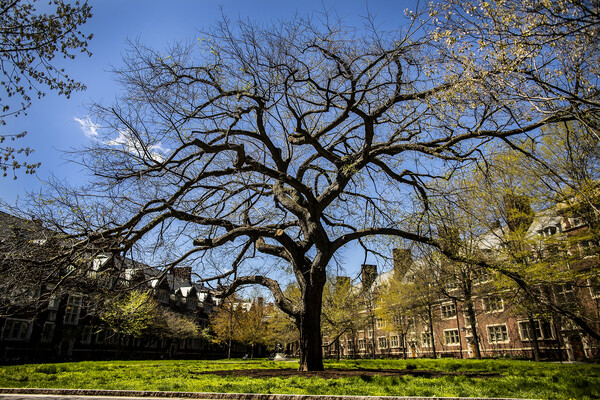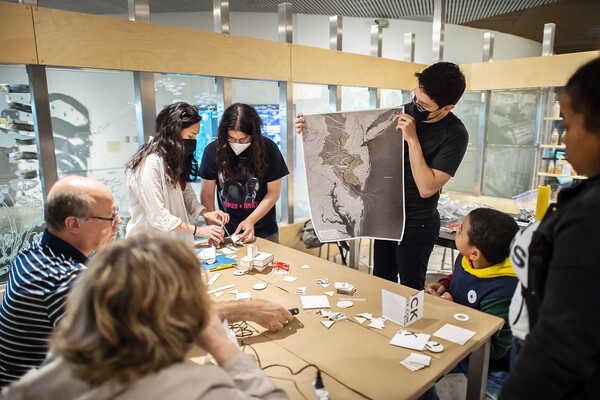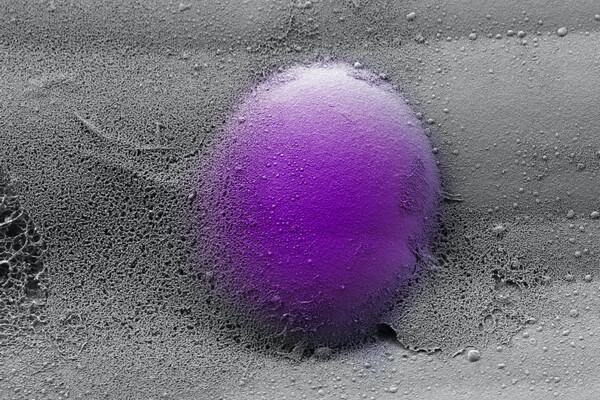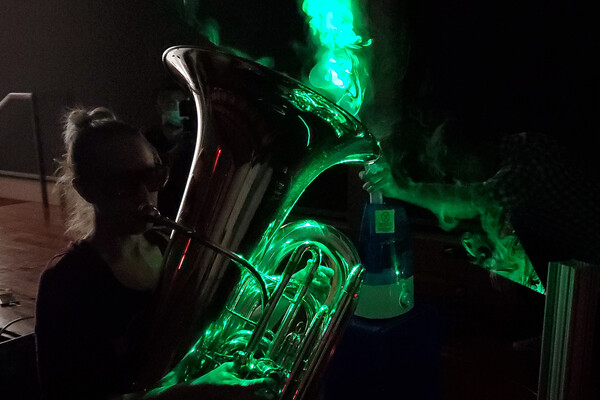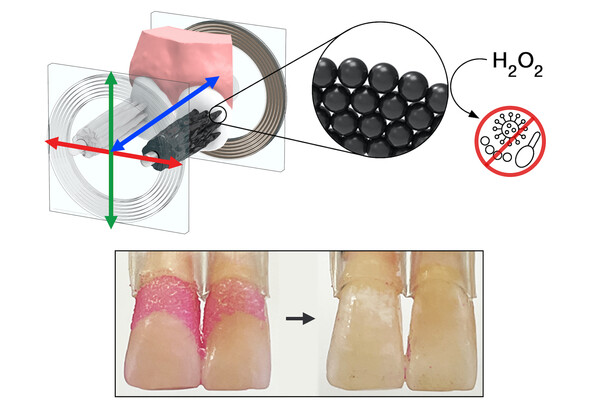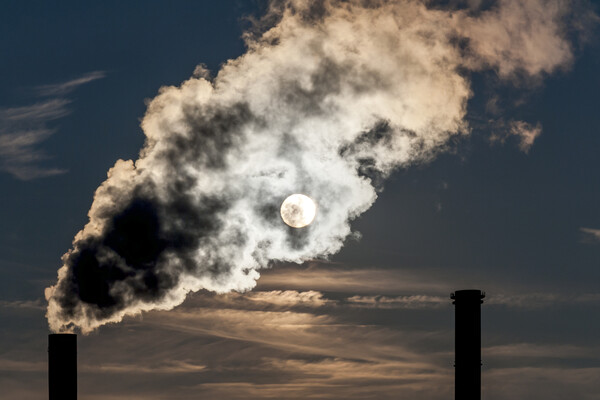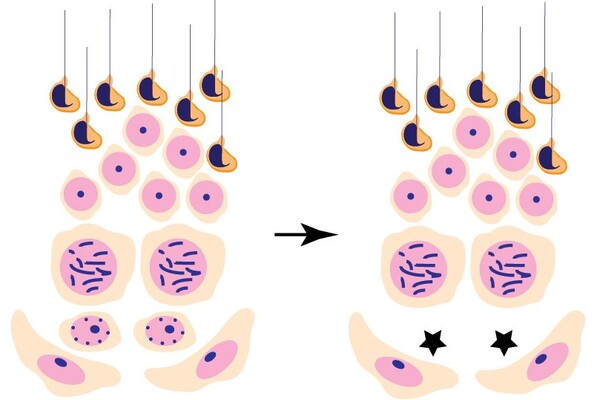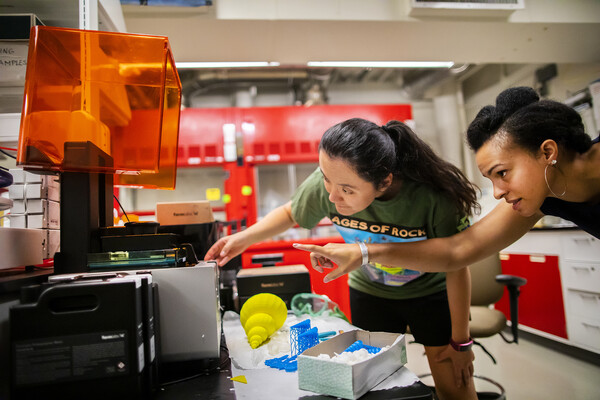
Erynn Johnson and Aja Carter both earned their doctoral degrees in paleontology from Penn, employing pioneering techniques, such as 3D printing to replicate the forms of ancient creatures. In a new publication, they share advice for attracting and retaining students and trainees from underrepresented groups to paleontology.
